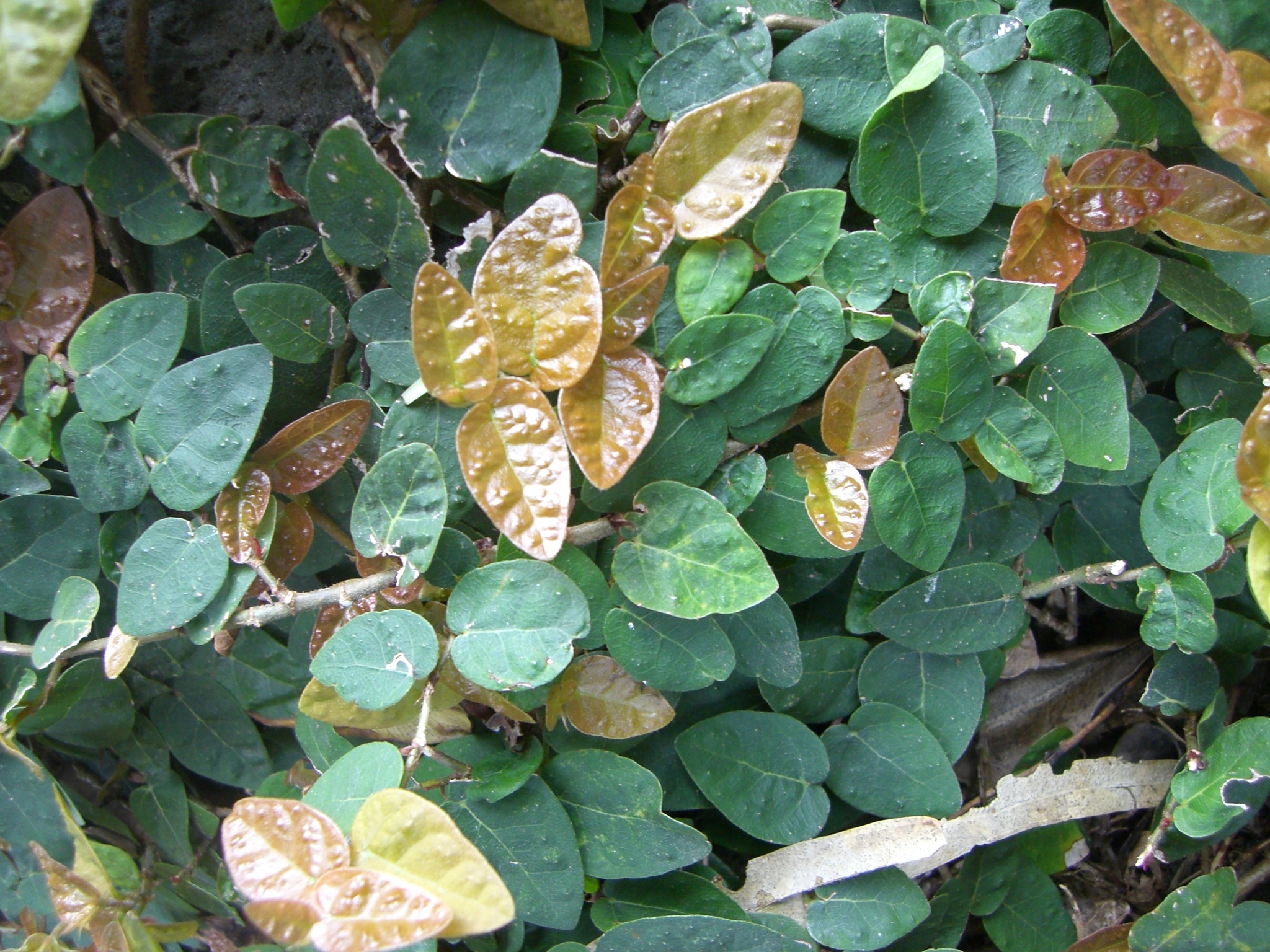
Climbing plant, clinging to walls and structures by stem roots. Leaves appearing paired, of 2 kinds. Younger leaves and those of sterile branches small, mostly 1-3 cm long, more or less ovate with an unequal heart-shaped base and less than 5 vein pairs, the surface puckered. Mature leaves and those of fruiting branches much longer, mostly 5-10 cm and more or less elliptic, not heart-shaped at base. Vein pairs mostly more than 5. Fruits solitary, axillary, hairy, to 6 cm long, elongated and eventually becoming violet. [F. stipulata Thunb.]
Asia
Naturalised in Queensland and NSW as a garden escape.
F. sagittata Vahl 'Variegata', Trailing Fig is occasionaly sold as a climbing or trailing plant; it differs from F. pumila in having leaves about 5 cm long with an equal base. [F. radicans Desf. 'Variegata']
Source: (1997). Moraceae. In: . Horticultural Flora of South-eastern Australia. Volume 2. Flowering plants. Dicotyledons. Part 1. The identification of garden and cultivated plants. University of New South Wales Press.

Leaves relatively small, short and narrow.
Edges of leaves white variegated. Popular as a basket plant.